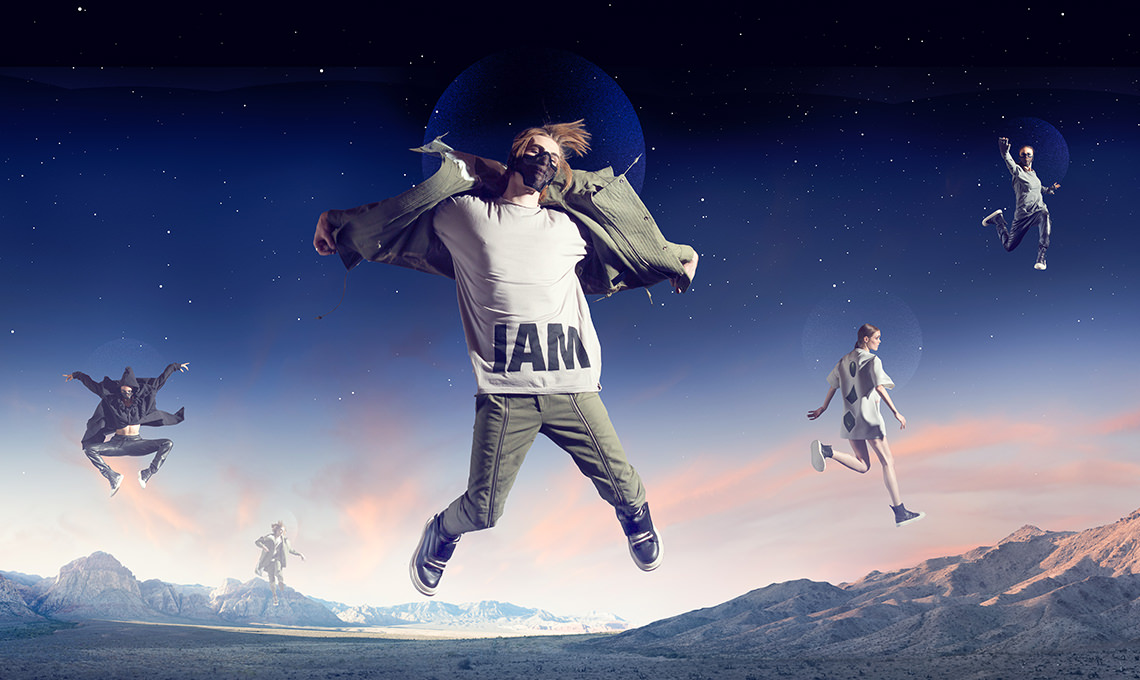

In order to simultaneously ensure the quantity and quality of the detected feature points, a new feature-point detection and matching algorithm should be proposed to detect rich and accurate feature points in regions with weak textures.

Extracting thousands of feature points for correspondence is often necessary for large-scale or high-resolution hyperspectral images, which significantly burdens existing feature-point extraction and matching methods. Since feature-point pairs completely provide the information calculated by the image transformation model, the uneven distribution of feature points may lead to geometric inconsistency between the panorama and the actual scene. In contrast, only a few or even no feature points can be detected in the region with weak textures, as shown in Figure 1. The feature points detected by traditional methods such as SURF are usually densely distributed with the strong texture of the image. As remote-sensing images usually contain a whole field, forest, lake, and other scenes, repeated structures, weak texture, and even no-texture areas often appear in images.

Extensive feature-matching and image-stitching experiments on several hyperspectral datasets demonstrate the superiority of our approach over the state of the art.įirst, in reality, hyperspectral remote-sensing images have complexity, unlike ordinary RGB images. Lastly, a spectral correction method using covariance correspondences is proposed to ensure spectral consistency. Adaptive bundle adjustment was also designed to eliminate misaligned artifact areas and occasional accumulation errors. Then, a feature-matching method combining the SuperPoint and LAF algorithms was adopted to strengthen the reliability of feature correspondences. The stitching framework was built as follows: First, a single band obtained by signal-to-noise ratio estimation was chosen as the reference band. We introduce a new stitching strategy and apply it to hyperspectral images. In this study, we aim to generate high-precision hyperspectral panoramas with less spatial and spectral distortion. State-of-the-art approaches often suffer from accumulation errors and high computational costs for large-scale hyperspectral remote-sensing images. And you can also correct for mismatched control points, as well as mask specific portions of member images, to achieve smoother seams when parallax error interferes with a clean stitch.Remote-sensing developments such as UAVs heighten the need for hyperspectral image stitching techniques that can obtain information on a large area through various parts of the same scene. This is a very fast and convenient way to correct for bowed or s-horizons in stitched panoramas. Dragging vertically corrects for pitch, dragging horizontally corrects for yaw, and right-dragging corrects for roll. Both Hugin and PTGui can let you set individual image parameters for pitch and roll.īoth Hugin and PTGui also have "preview" modes, where you can drag to correct horizons. The reason for this is that Photoshop's photomerge, while a good basic panostitcher, doesn't give you a whole lot of control to correct stitching errors like this. Use a real panorama stitching package, such as Hugin or PTGui. Don't use Photoshop or Lightroom to stitch. You may also want to do a little research into rotating around the no-parallax point of your lens, but with this kind of scene, that's unlikely to be the problem. A 3-axis hotshoe spirit level can come in handy for this. The bumps typically happen at the seams between member images, and the changed orientation caused misalignment.ĭo not rely on a level on a tripod, especially if you're using a ballhead, as that typically only tells you if the legs are level. These types of issues happen when you shift the orientation/location of the camera between shots.

Check that your camera is level in pitch and roll.


 0 kommentar(er)
0 kommentar(er)
